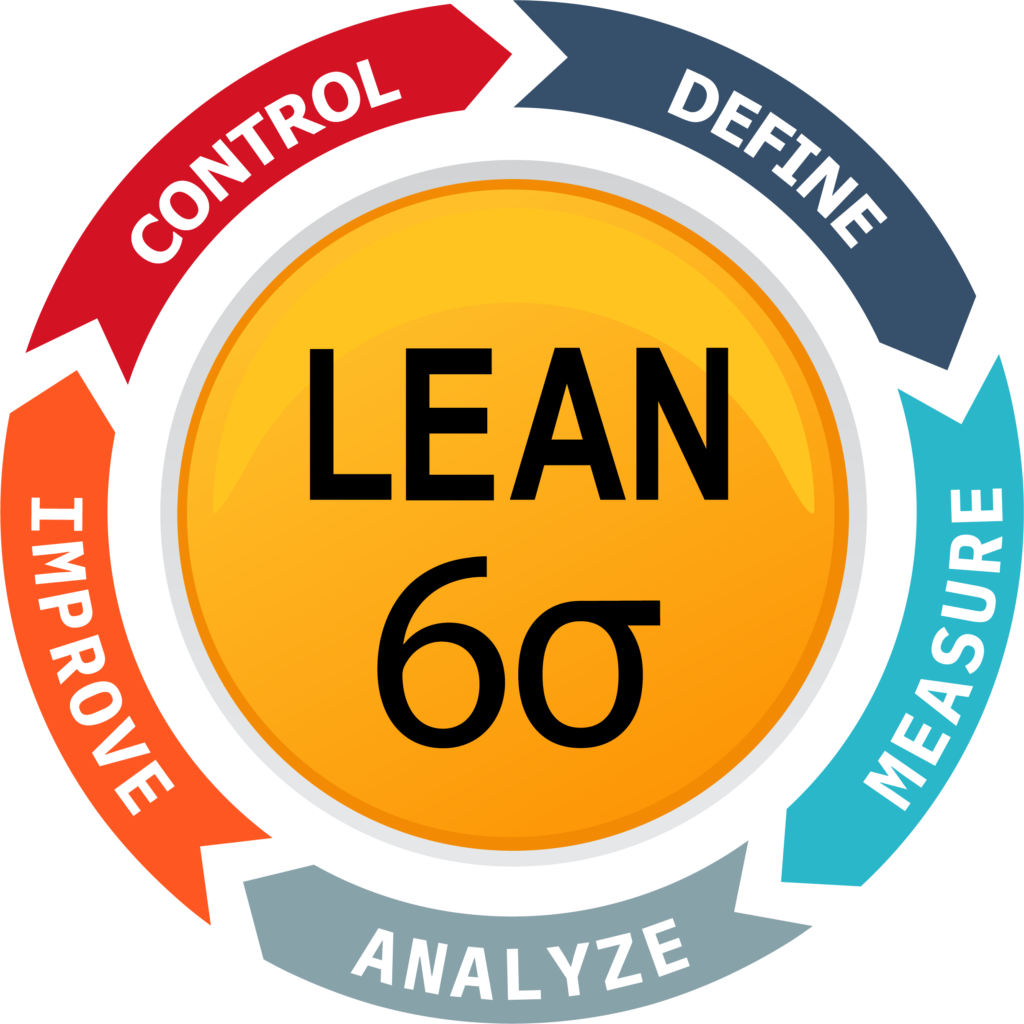South Bend Residents - Learn Lean Six Sigma’s History Here
Contact Us

Lean Six Sigma has been around for more than two decades. Still, it has been recently that not only companies but rather students and professionals know about it and its potential to help them boost their career opportunities and value within a company. But before you or anyone else decides to give it a try, regardless of being a company or individual, it is important to go over every detail of the Lean Six Sigma history and our team at Lean Six Sigma Curriculum for South Bend High School Students of Indiana is the right company to do so, starting right here.
We recommend that you research before you jump to training or certification. This is because the methodology can often be more complicated than many people believe.
When taking your time, you will have the resources you need to make an educated decision about whether or not this is the right path for you. LSS is always an option. However, it’s a great benefit if you know exactly why and how it came to be a great methodology in the USA.
Firstly, this methodology was designed to help companies prioritize customers, improve efficiency, and increase their earnings.
The methodology can reduce costs and eliminate waste if done correctly as well, and when implemented right, you can achieve results in different stages of your life.
This approach achieves the above objectives, increases customer satisfaction, and reduces lead time.
Secondly, it is based on all parties’ collective knowledge and experience. Practitioners should be certified, and companies that want it implemented should learn how it works.
Finally, LSS is a mixture of Six Sigma and Lean. It isn’t an exact copy of either Lean or Six Sigma, as it incorporates more principles and approaches to accomplish more goals than one.
From Where Does Lean Six Sigma Come?
Before you can implement Sigma in your business or personal process, it is important to understand the founding principles and logic.
LSS is considered to have its roots in the Japanese industry. However, Kaizen is the right methodology to include here. With this later one, Japanese industries were producing good products that satisfied customers and reduced waste. This helped them to increase profits naturally.
Because of their customer satisfaction and waste reduction methods like the Kaizen one, they were able to become the most competitive market in the 1980s.

How does this influence LSS? Well, Six Sigma and Lean are the methodologies that compound LSS and add values, principles, and structures to it. They have existed for many decades, and Lean is much older than Six Sigma.
Toyota developed Lean manufacturing in the late 1940s in order to reduce non-value-adding activities.
Lean believes that employees should actively participate in organizational change to foster excellence and that continuous learning and improvement are two of the most important pillars to ensure everyone is happy.
Toyota Production Systems (TPS) was the first place to see the good use of Lean. Its founder was Japanese Taiichi Oko. The method was also used in Henry Ford’s Innovations and Business Process Redesign.
Moving onto the next one, Six Sigma is a methodology that distinguishes itself from Lean in the main concept: it is data-driven. Motorola developed the method, and General Electric successfully used it during the early 80s.
Six Sigma is a process improvement technique that dates back to the 1980s, just before experts and professionals decided to combine Lean and Six Sigma into one method by combining the best of both and adding new principles.
Six Sigma’s structure is centered around the DMAIC option. Define, Measure, Analyze, Improve, Control. This is useful in manufacturing and other industries to automate their processes, ensure that no issues slow down the cycle, and instead maximize each step.
Then, What Is Lean Six Sigma?
This methodology was designed to allow American companies to compete with Japanese manufacturers. It’s a combination of both of the previous ones, but saying “combination” limits the potential of LSS as it involves more than regular steps.
Thanks to how LSS seeks improvement, waste reduction, employee participation, and growth in every possible way, it was possible for American industries to come on top compared to Japanese ones back in the days, and part of the reason they are able to remain ahead of the curve and continue to thrive today.
Now, Sigma is not limited to products and services. New fields and industries have recognized this over the past decade.
Schools and educational institutions can create systems that are more efficient and, therefore, easier to use. LSS can be taught to students, which will help them improve their job prospects and their personal skills.
There are many benefits to being involved in Lean Six Sigma today, and the principle of seeking continuous improvement and growth remains regardless of how and where it is implemented.
Our team at Lean Six Sigma Curriculum Pros of South Bend can help you get trained and certified in it so you can see and understand the wonders of Sigma.

